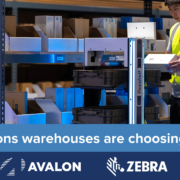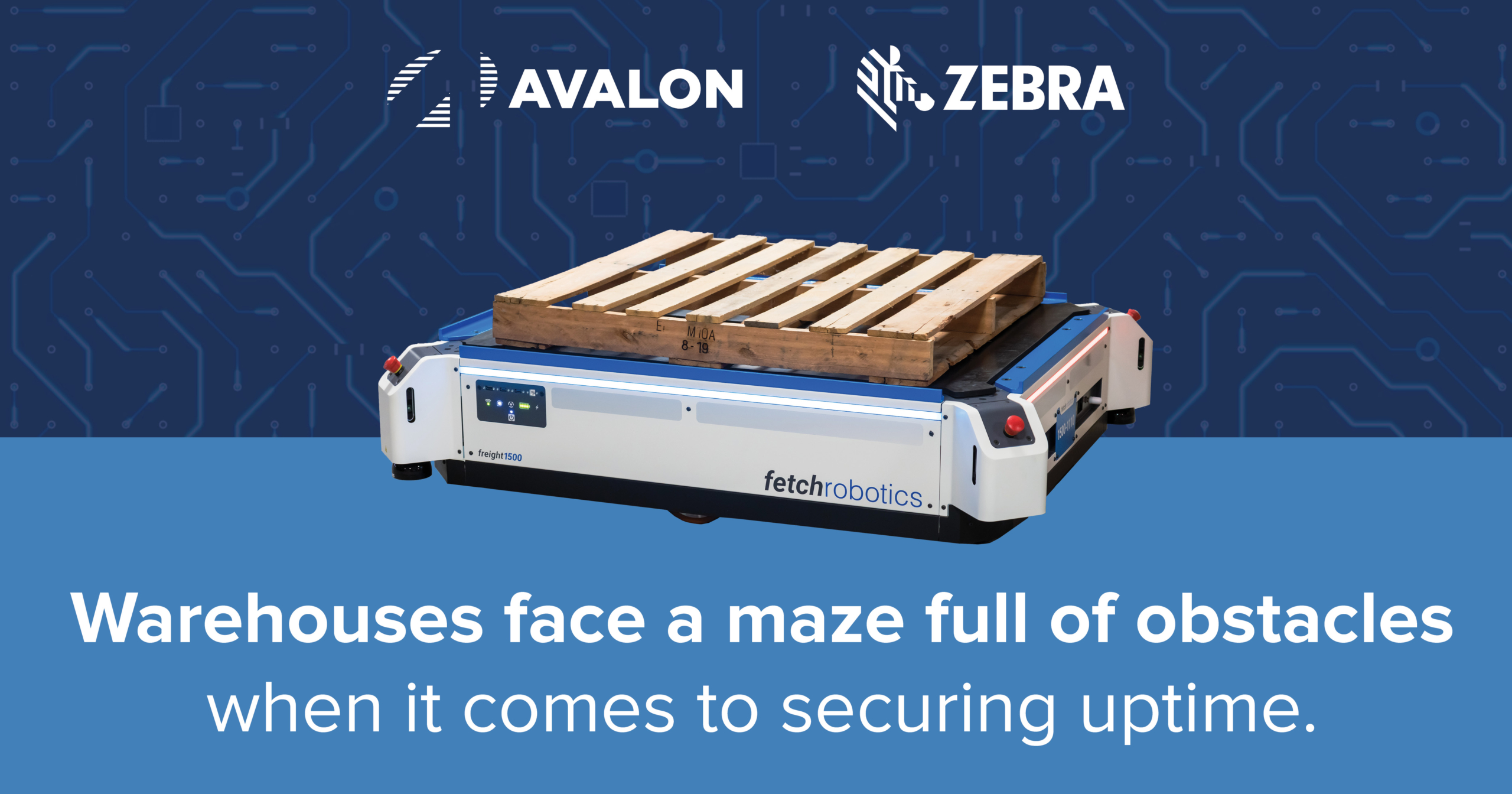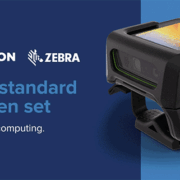Undisruptive Modernization – It’s possible with these three initiatives.
Complex implementation has long been cited as one of the leading obstacles warehouses face when modernizing their workflows. Today’s fast-paced operations leave little room for extensive training times, app alterations, and lulls in productivity; however, failure to properly modernize can also slow down efficiency as workers must navigate through higher demands with outdated devices, bottlenecks, and inaccurate data. In other words, complex modernization is almost as detrimental as no modernization.
So, if modernization skills must be intelligent enough to compete in today’s high-demand environments, yet simple enough to maximize uptime, the question remains: How can warehouses bridge the gap between simplicity and adaptability? Several supply chain experts and tech players suggest the answer may be:
- Digitize inventory tracking through mobile devices
It’s estimated that distribution centers have inventory accuracy rates as low as 60% depending, generating more surprise out-of-stocks for retailers as they must wait for distributors to restock. Poor inventory counting also breaks down business relationships within the supply chain as more pressure is placed on manufacturers to restock items, further fueling shortages. On the other hand, digitized stock tracking and counting enables reports to be shared instantaneously, so teams can operate with a clear view of available inventory. Zebra’s RFD90 is a prime example of efficient mobile digitization since the sled can integrate real-time RFID visibility onto any Zebra handheld to enable faster inventory locationing, trackable work-in-progress, and seamless communication between manufacturers, distributors, and retailers. - Prioritize, OS, software, and app updates
Devices running on Android’s open ecosystem benefit from simplistic app additions since the operating system does not require applications to be rewritten. That means workers can add their preferred apps onto their Android devices to retain some familiarity and lower training times. Moreover, applications like All-Touch Terminal Emulation facilitate app conversion, so your TE apps display flawlessly on a touchscreen interface right out of the box. - Secure connectivity channels for reliable communication
The goal of a successful modernization strategy should be to unify the workforce current customer demands. Therefore, eliminating dead zones and dropped signals from your environment is crucial for optimization efforts. In addition to strengthening wireless infrastructures, consider leveraging push-to-talk features embedded within your mobile computer to erase the need for additional hardware and maintenance costs. For example, Workforce Connect enables group conferencing, secured text messaging, and emergency alerts, so your teams can stay updated of any sudden changes in demand like delayed shipments or shortages as it happens.
Knowing where to start
Intelligent modernization can take a variety of shapes. Consequently, experts recommend assessing main workflows in order to prioritize struggling operations. After starting your workflow assessment, it’s easier to procure technologies that address your specific goals while reducing the need for a mass device refresh, thus creating an simplistic yet adaptable modernization plan.










